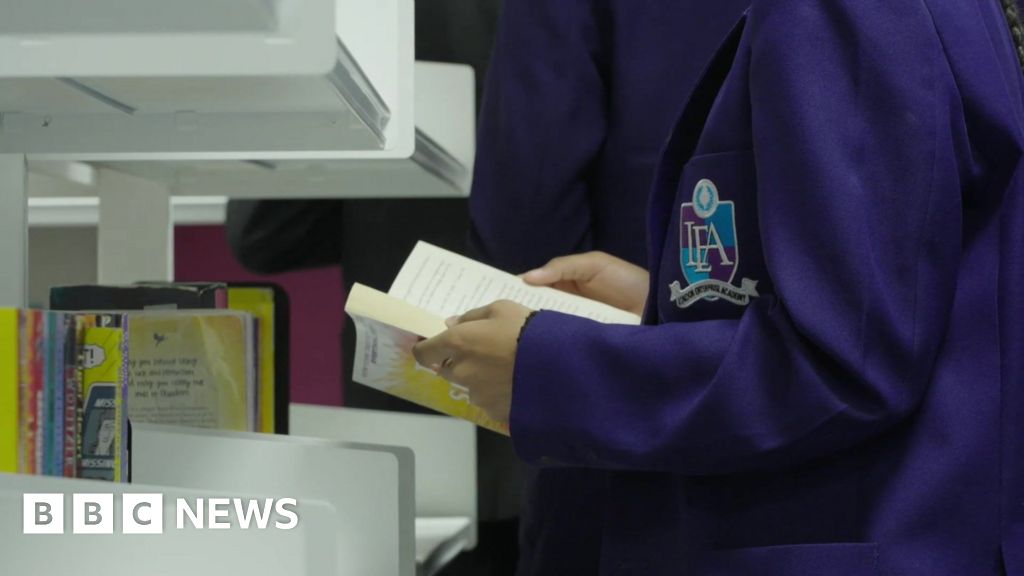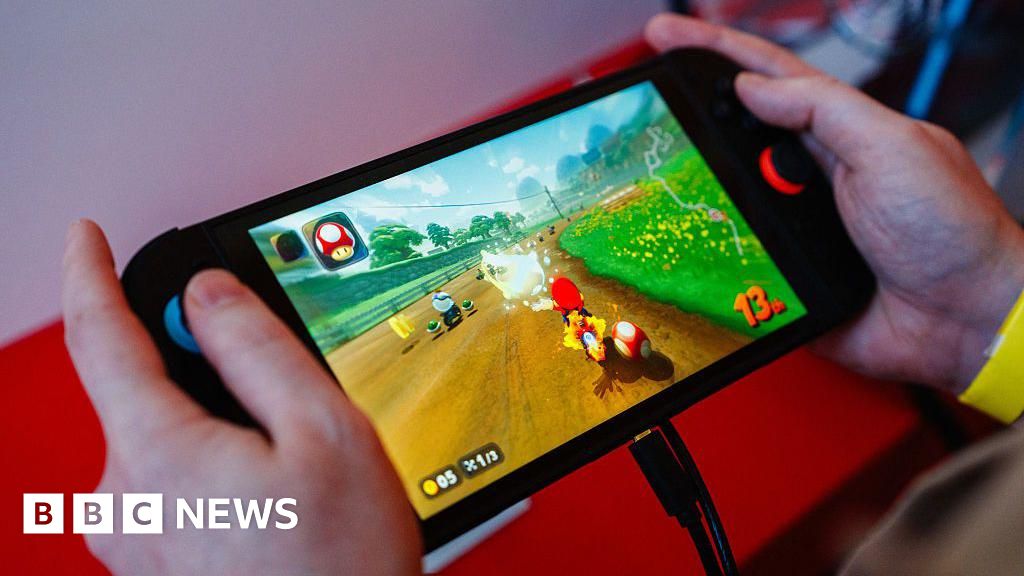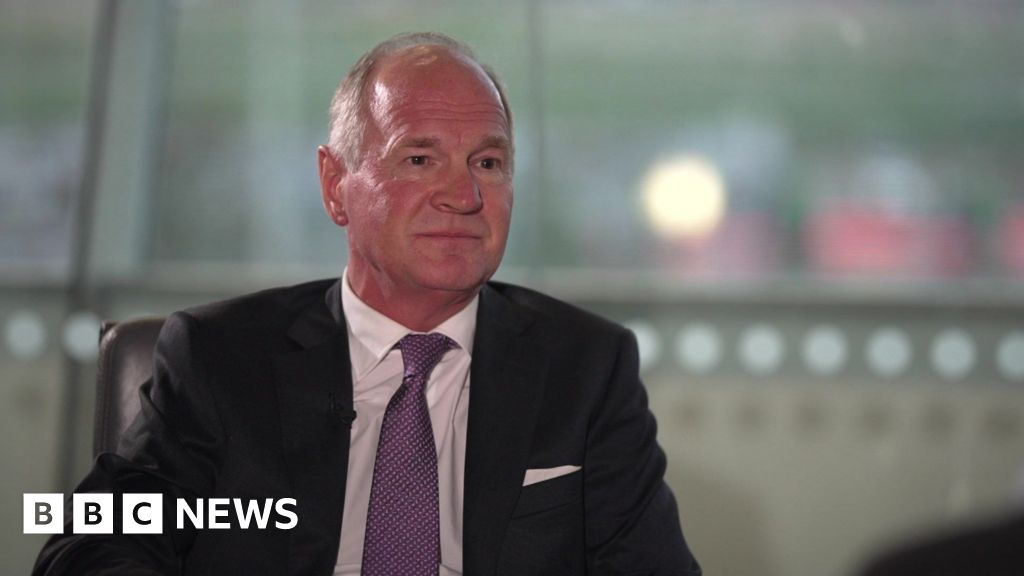The “Nation’s Report Card” is out with new results on what our eighth-graders know about U.S. history and civics, and the results are grim. The National Assessment of Educational Progress today reported that this is the first time civics results declined significantly on the quarter-century-old exam. In history, the results continued a nearly decade-long decline.
The U.S. history test covers key figures, dates, and events, as well as student familiarity with key historical ideas and movements. The civics test gauges students’ knowledge, their ability to take or defend positions on political issues, and their understanding of democratic participation. The tests were administered in spring 2022, with a nationally representative sample of 8,000 eighth-graders who took the history test and 7,800 the civics exam.
Just 13 percent of students were deemed “proficient” in U.S. history and just 22 percent in civics. … [+]
AFP via Getty Images
The upshot: Just 13 percent of students were deemed “proficient” in U.S. history and just 22 percent in civics. After peaking in the early 2010s, scores are now back to where they were when the tests were first administered in the 1990s.
While Secretary of Education Miguel Cardona’s tepid response to the decade-long slump in results blamed the pandemic and warned ominously of budget cuts, the real issues lie elsewhere. For one thing, too many students simply aren’t studying U.S. history or civics. Just 68 percent of eighth-graders said they’d taken a class focused mainly on U.S. history in grades K-8 and just 49 percent had taken a course focused on civics. To no one’s surprise, students who’d taken these courses fared better on the civics and history exams. Yet, just seven states require civics in middle school and fewer students reported having taken history this time than back in 2018.
It doesn’t help that history and civics have become a partisan battlefield. Yet, amidst the predictable complaints that many state legislatures have moved to establish professional norms for how teachers discuss race and gender, my AEI colleague Robert Pondiscio has pointed out that such policies should pose no barriers to rigorous, serious instruction. Indeed, as we’ve seen with the New York Times’s 1619 Project or the College Board’s more recent AP African American Studies course, these fights have been started not by conservative legislators but by self-styled civics crusaders seeking to use civics and history as a platform for advancing political agendas. When parents or policymakers push back (such as on the insistence that the U.S. is a “slavocracy”), they get branded as bigots and pedagogy gets swamped by partisanship.
The biggest problem, though, may be that we’ve created a culture in which too many educators have been encouraged to imagine that civics and history education is less about mastering key events, democratic norms, or America’s political institutions than raising a generation of political activists. In a 2022 survey of K-12 teachers, for instance, the RAND Corporation found that more teachers thought civics education is about promoting environmental activism, rather than about “knowledge of social, political, and civic institutions.” In 2020, a RAND survey of high school civics teachers reported that just 43 percent thought it was essential for graduates to know about periods such as “the Civil War and the Cold War.” Less than two-thirds thought it essential for graduates to know the protections guaranteed by the Bill of Rights.
Look, I’ve argued, time and again, that we can (and must) find common ground in our heated debates over history and civics. Heck, a few years back, along with Pedro Noguera, dean of the USC school of education, I wrote a whole book about doing just that—it’s called A Search for Common Ground. That’s a vital piece of tackling history and civics education.
But there are also some prosaic but crucial things we need to do, and which needn’t involve us resolving our raging culture clashes. We need to stop making excuses. We need to make sure that students study civics and history. And we need to ensure that teachers understand that it’s important that students actually learn civics and history. Those three things won’t get us where we need to be but they’d represent a healthy start.
Credit: Source link










